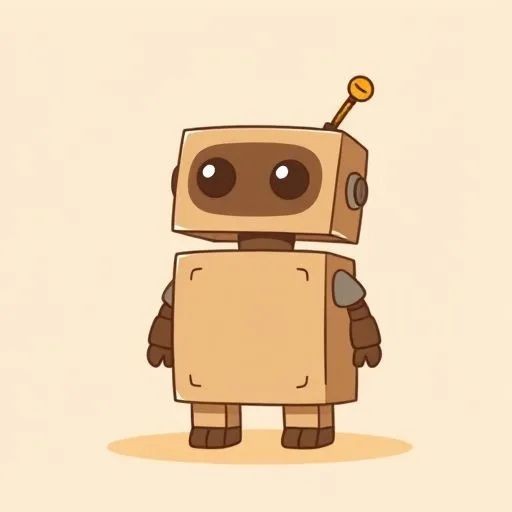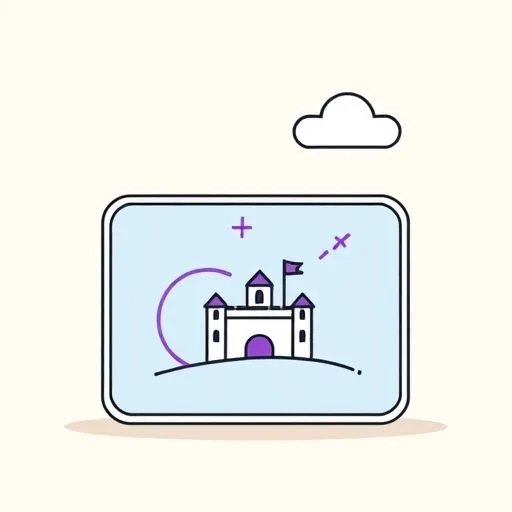
Remember that phase when every empty box became a spacespace? Last Tuesday, mine became a ‘smart robot’ with googly eyes and a cereal box microphone. ‘Daddy, it knows ALL the animal sounds!’ she declared, pressing button-drawn crayon circles. As rain tapped our balcony windows, I realized—her generation won’t just use AI like tools. They’ll play with it like Play-Doh. But news about AI transforming software jobs? At first glance, it sounds like robots taking over. Yet what if this seismic shift mirrors childhood’s greatest lesson: Adaptation is creativity in disguise?
Coding Languages & Crayon Scribbles—Same Developmental Milestone?

Google’s study revealing 90% AI adoption in software development initially made me grip my coffee tighter. If veteran engineers now architect systems instead of writing lines, what awaits our kids? Then it hit me—this parallels watching my kiddo transition from alphabet memorization to storytelling. Just like our little one learns her ABCs before writing stories, she’ll pick up code basics before creating amazing apps! But the magic happens when letters become LEGO bricks for imagination.
Last month, we tried an AI drawing app that turns squiggles into landscapes. Her stick-figure cat gained a detailed castle. ‘See, Daddy? I tell the robot the WHAT… it figures out the HOW!’ she beamed. That’s EXACTLY what future developers do—focus on big-picture problems while AI handles syntax. Our parenting task? Not drilling code into toddlers, but nurturing their ‘WHY’ curiosity. Those endless playground ‘But how does the slide WORK?’ questions? That’s architect-mindset training.
From Software Engineers to ‘Playground Architects’—Why This Excites Me

When Google’s CEO mentions 10% faster engineering with AI, I don’t see job loss—I see teachers gaining time for creative lessons, doctors spotting patterns faster, parents automating chores for more hide-and-seek hours! Like when my kiddo invented ‘Cookie Delivery Drones’ using paper planes and a smartwatch timer. Her deployment strategy? ‘Friends press buttons at each floor!’
Our kids might launch apps before puberty—not sterile code-monkey work, but solutions for ‘helping Grandma video-call easier’ or ‘organizing shared toys.’
One evening, she redesigned our meal planner using emoji stickers because ‘the robot understands pictures!’ On our five-minute stroll to school, she chats about turning puddles into data points. While I savored kimchi-jjigae, I realized: Her generation will view AI as collaboration, not competition. Our role? Ensure they architect with ethics—like reminding her drone couldn’t overload on cookies lest classmates get stomachaches.
3 Bedtime Conversations About AI (That Won’t Scare Them)

When mainstream media shouts ‘AI TAKES JOBS!’, bedtime talks need nuance. Here’s what worked for us:
- ‘Remember Your Rain Boots?’ Tech tools change like seasons—today’s puddle jumpers become tomorrow’s hiking gear. AI is just newer boots.
- ‘Teamwork Makes the Dream Work’ Just as she helps friends build forts faster together, AI helps builders create cooler things.
- ‘Supervised Playdates Apply’ Like not chatting with strangers online, using AI needs guardrails—’Should we trust EVERY answer the robot gives?’
Last full moon, she whispered, ‘Daddy, I can teach the stars with our robot!’ That night, I realized our little inventor is already building the future.
So next time she presses crayon-dots on cardboard, remember: she’s not just playing, she’s code-crafting tomorrow’s world.
Sorry, layout does not exist.